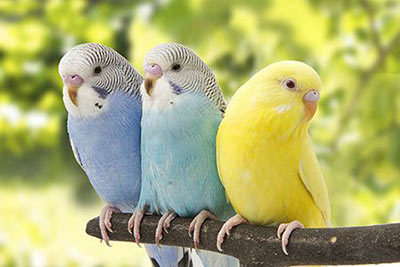Raven
Common Raven Facts
| Size | 21-25 in (54-63 cm) |
| Speed | Up to 37 mph (60 km/h) |
| Weight | Up to 2.6 lb (1.2 kg) |
| Lifespan | Up to 21 years |
| Food | Omnivore |
| Predators | Eagle-owl, marten |
| Habitat | Europe, Asia |
| Order | Passerines |
| Family | Corvids |
| Scientific name | Corvus corax |
| Characteristics | Strong beak, very intelligent |
Main Characteristics
The best known raven species is the pitch-black common raven. Yet, not all ravens are black. In total there exist 42 corvid species with a partially grey or white plumage. For example, the hooded crow has a grey “coat” on its tummy and back, the jackdaw on its tummy and the back of its head. African pied crows even have white bellies and necks. This factsheet is about THE black raven. The raven is the largest member of the crow family in Europe.

Anatomy and Appearance
Depending on how the light hits their feathers, they may shimmer light green, blue or purple.
Habitat
Ravens are found everywhere, from the deserts of northern Africa to chilly Alaska (USA). They often live in open landscapes, woodland, tundras and mountains. The subspecies Corax corax laurencei even lives up to 20,800 feet (6,350 meters) above sea level on Mount Everest.
Intelligence
Ravens Are Extremely Intelligent
Ravens can solve unfamiliar problems by creativity instead of by chance. Apart from them, only octopuses and primates (strepsiffhini and haplorrhini) are capable of this. Example: There is a piece of meat hanging on a long string which is attached to a stick. There is only one solution: The raven has to sit on the stick and pull up the string little by little. Raven can cope with this task at the first attempt.

Ravens Use Cars as Nutcrackers
Ravens crack nuts by letting cars drive over it. While cars are waiting at a red traffic light, they place the nuts on the street and quietly watch how the “stinking” nutcrackers open the nutshells when the lights go green. During the next red phase the ravens go and gather the nuts from the street.
Ravens Decieve Their Fellows
If a wolf is burying a piece of meat in the ground, ravens stand by and ostentatiously watch the scene. As soon as the wolf has gone away they loot the stash. Even with their own buddies ravens pretend to be disinterested and act as if they would clean their plumage. Yet, they actually keep a wary eye on the scene. They wait a few minutes and pretend to be disinterested. If their buddy feels safe and leaves its loot unattended, they go for it.

Behavior
Ravens Are Friendly
If a raven has lost a fight, its buddies will comfort it by stroking its plumage with their beaks.
Ravens Have Pangs of Conscience
If ravens are buddies, it is less common that they pinch stuff from them.
Ravens Love to Play
Ravens are among the few animals that love to play games. During the winter they tumble down snowy hills, grab pigs by the tail in order to let themselves be pulled through the snow on their backs, or hop about on the backs of slightly irritated boars.

- Find Out More:
- Crow or Raven - What’s the Difference?
- Magpie Facts
- Eurasian Jay Facts


















